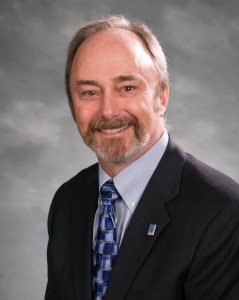They came to the table with enthusiasm for the experiment, but in the end, their efforts failed.
An August 2014 report from the RAND Corporation, published in Health Affairs, details the findings and lessons learned following an unsuccessful three-year, $2.9 million pilot to evaluate bundled payment for orthopedic procedures for Californians under age 65.
The original participating members—six of California’s largest health plans, eight hospitals, specialist physicians, and two ambulatory surgical centers—learned the devil was in the details.
From the outset, “they neglected to see the big picture,” said Stephen Anderson, MD, FACEP, a member of the ACEP Board of Directors and past president of Washington Chapter ACEP. “While bundled payments may appear on the surface to solve problems, without upfront trust, good stewardship, and transparency, it breaks down quickly in the weeds.”
Emergency departments play a critical role, particularly as they continue to become the hub of community care. “It’s a logical choice to put it in the center of this, to figure out how to align incentives.”—Stephen Anderson, MD, FACEP
Under bundled payment, participants receive a fixed price for an episode of care, like total knee replacement. Evidence is lacking to show the approach can reduce health care costs or improve quality of care.
The report states numerous administrative hurdles led to significant delays in implementation and low patient volume, yielding too little data to evaluate the Integrated Healthcare Association’s project.
Difficulty defining the bundle, lack of trust and competing interests between participants, lack of infrastructure for claims processing and payment, and uncertainty over state regulations all led to trouble for the pilot.
For example, health plans desired broad inclusion criteria to capture more patients, while providers, concerned about high-risk patients, favored more narrow criteria.
“They all came in with idealism, but when they got down into the weeds, they didn’t trust each other, they didn’t align their return on investment,” said Dr. Anderson.
New payment models—brought to the forefront by the Affordable Care Act—can work, particularly through better patient care coordination, Dr. Anderson believes.
Emergency departments play a critical role, he said, particularly as they continue to become the hub of community care. “It’s a logical choice to put it in the center of this, to figure out how to align incentives,” said Dr. Anderson.
He also doesn’t think the most recent pilot is a complete loss. “They didn’t build it to get it off the ground,” he said, “but it doesn’t mean they can’t come back and look at what went wrong and fix it.”
Pages: 1 2 | Single Page




No Responses to “Bundled Payment Pilot in California Not Successful, RAND Report Finds”